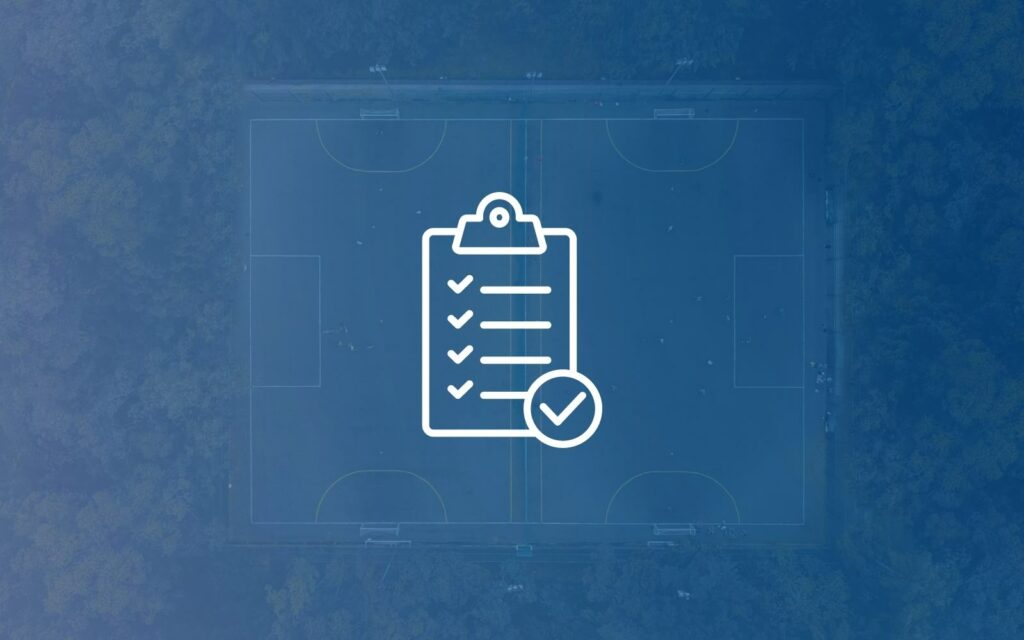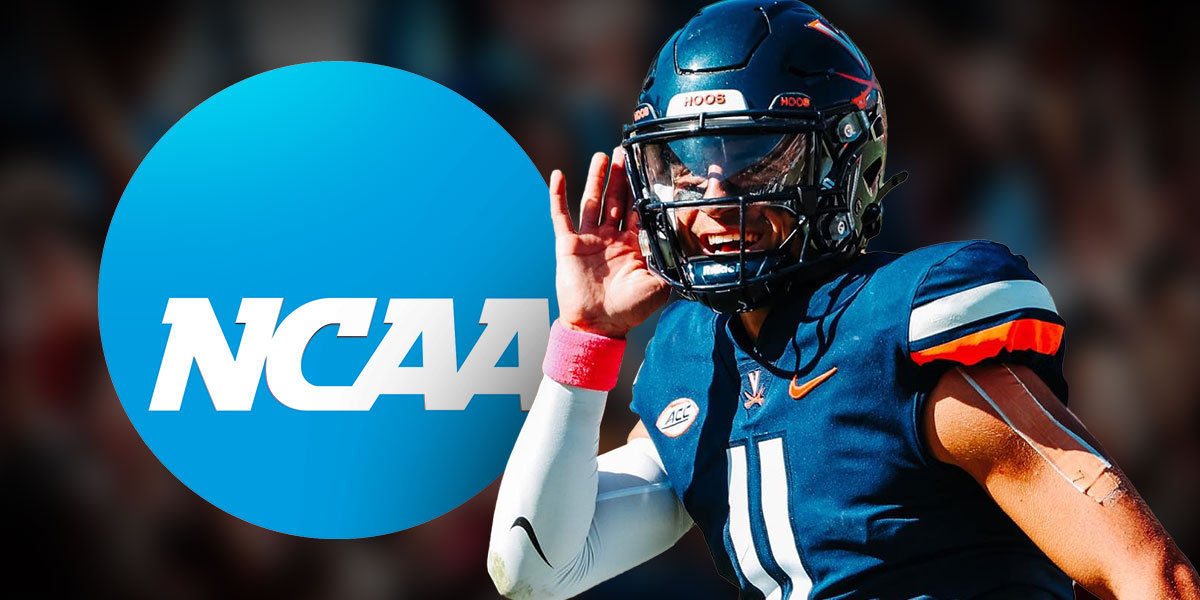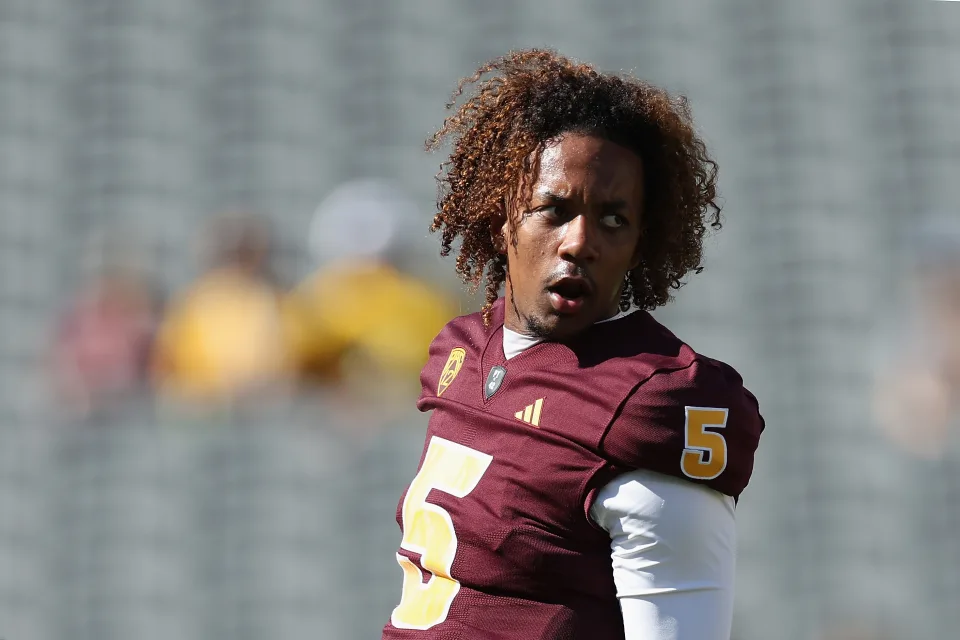5 Potential Pitfalls for NIL Collectives in College Sports to Avoid

Nearly a year has passed since the NCAA’s unprecedented adoption of its interim policy removing long-standing restrictions for student athletes who want to profit from their name, image, and likeness (NIL). Since then, countless sponsorship, marketing, and other financial opportunities for student athletes – at all levels of college sports – have arisen, which caused a dramatic shift in the collegiate athletics arms race. Although NIL rules specifically prohibit offering deals to recruits as an inducement, commonly known as “pay for play,” the amount of money an athlete can earn by attending a particular school has become a powerful recruiting tool that will continue to increase in importance as more lucrative deals for top athletes are announced. As such, the shifting landscape has led wealthy fans and former athletes alike to organize companies, otherwise known as “Collectives,” intended to raise money and offer financial opportunities to student athletes with the goal of enticing athletes to attend their school. While these Collectives can be advantageous for student-athletes and the schools they are intended to benefit, they are also at risk of running afoul of new NIL laws and university rules and regulations. What are five potential risks Collectives should note?


